Remix 3: Pushing the Boundaries of Remix in Postmodernism
- Corrina Crazie Espinosa
- Aug 20, 2024
- 9 min read
Updated: Oct 13
We will explore how artists like Pablo Picasso, Andy Warhol, and Richard Prince have pushed the boundaries of remix and appropriation in art. We will discuss the ethical implications of these practices as well as the theory of “copyleft” and consider where, if anywhere, boundaries should be drawn.

Remix in Postmodernism
We know remix is important to cumulative cultural evolution, but let's talk about how artists in the postmodern art world push the boundaries of remix. Some of them seem to push it off a cliff! In the postmodern era, art becomes more than a reflection of the world; it actively engages with the cultural and historical processes that create meaning. But how far is too far?
You decide!
We are going to look at examples where postmodern artists:
Challenge Traditional Concepts of Authorship by remixing and appropriating existing forms instead of making something new, questioning the very notion of originality.
Engage in Critique of social and cultural systems like mass media, advertising, the patriarchy and consumer culture... to name a few.
Layer Meaning by layering references from various time periods and media, making the art multi-dimensional in meaning.
Outright steal from others but with a transformative effect, but as we will see, sometimes NOT.
Remix in postmodernism often involves reinterpreting, recontextualizing, and appropriating elements from previous works, blurring the lines between originality, plagiarism, homage and downright theft.

Who said that?
Ironically, it's a remix :)

But is it true? What are the boundaries? Are there any boundaries?
Pablo Picasso + African Mask Remix... or....
Let’s begin with Pablo Picasso, a critical figure in the transition from modernism to postmodernism. Although Picasso is often classified as a modernist, his work laid the groundwork for postmodern ideas of remix, especially through his radical approach to Cubism.
He is often thought of as one of the greatest, most important artists of the 20th Century-- A GENIUS. But, how did he get here? I think it's pretty common knowledge that Picasso drew inspiration from African Art, but just how deep does the influence run?
Because of the changing world brought on by industrialization, the invention of the camera, Picasso understood that to be a successful artist he needed to create images with a fresh perspective. He moved to Paris looking for something NEW, a fresh way of seeing and for creating. He found it in 1907 when he first encountered African Art, and he was forever changed.

On one hand we see a Blending of Styles--
Example: Les Demoiselles d'Avignon (1907), where Picasso blends traditional portraiture with African masks and Iberian sculpture, merging disparate cultural elements into a single piece.
Could Picasso have had the impact on modern art without the influence of African Art?
Denial
Despite well documented evidence that he not only visited the Musée d'Ethnographie in Paris in 1907, but also had a vast collection of African masks that he kept in his studio--- He was quoted as saying....

Yet here are some samples of his work from before 1907, and after....
Here is the full story:
Ethics: Remix, Appropriation, Cultural Exchange & Cultural Appropriation
From real world conversations:
".... Cultural appropriation is NOT just being inspired by the artistic expressions of another group. If you're going to use a platform to discuss a thing, be more knowledgeable about the subject. It's ok to not have a fully informed idea, but don't go stepping on others with a point to prove when you haven't done your homework.
Cultural exchange is when two or more cultures share and utilize each others artifacts (art, music, fashion, etc). The flow of ideas may even be lopsided, with one culture borrowing more from another. However, all sides benefit and are free to benefit from their contributions and creations.
Cultural appropriation on the other hand, is the adoption of the aforementioned artifacts with benefit while individually or systemically suppressing the source's ability to benefit from its creation. You can see historical examples of this when white musicians would adopt musical forms created in black communities and be lauded for the creations as their own as well as receiving financial benefits. However, black musicians were blocked from receiving recognition and financial opportunities for those very creations.
There are other, more sophisticated ways that this happens as well. Ultimately, cultural appropriation can be categorized as receiving benefit for artifacts that originated somewhere else while actively (or passively) engaging in a system that obscures, diminishes, or disenfranchises the creators (by culture or group, not necessarily on an individual level which is plagiarism).
I think the litmus test would be asking yourself if you are engaging in a cultural practice without having the same limitations imposed on you that would be imposed on the originators of that practice. It's essentially asking yourself if there are two sets of rules, views, or opportunities with regard to the practice, one for you and one for members of the originating group.
Another question to ask yourself is whether or not you are engaging in a practice that has a cultural significance that you are sidestepping? Forms of appropriation include using one's privilege to impose (directly or indirectly) or disrupt the structure of a practice."
The masks that inspired Picasso:
Stolen and looted during colonization (system that disenfranchised)
The African Culture is not credited (Picasso's denial of influence)
African Artists/Culture gets no compensation, while Picasso profited greatly
The masks have still NOT been returned
The harm caused by this theft of culture still lingers to this day:
18:37-23:00
What are your thoughts?
What, if anything did Picasso get right?
Where did Picasso go wrong?
Key Takeaway: Picasso’s use of collage, Cubism, and cultural appropriation certainly paved the way for later postmodern artists to explore remix and abstraction in more conceptual ways, but at great cost to African Culture. The Western perspective imagined that African Art was "Primitive," which paints a picture where Western art is superior-- However, the contrary seems to be closer to the truth. Picasso needed the fresh perspective offered by the African Masks, which were NOT primitive, but evidence of centuries of perfection of abstraction and proved to be essential inspiration for modern movements in western art for decades.
Andy Warhol and Pop Art Remix
Moving deeper into postmodernism proper, Andy Warhol is a central figure who embraced remix not only as an artistic method but also as a comment on the nature of consumerism and celebrity culture. Warhol blurred the distinction between fine art and popular culture, remixing mass-produced imagery to critique the commercial world.
Everybody is at least somewhat familiar with Andy Warhol, and it seems as though people either LOVE him or HATE him.
He was for sure influential, absolutely successful, but was there any actual substance to Warhol's work?
Repetition as Remix: Warhol's silkscreen technique allowed mass production of art, exemplified in Campbell’s Soup Cans (1962) questioning art originality.
Celebrity Remix: Warhol remixed public images of celebrities like Marilyn Monroe, Prince, and Elvis Presley, reflecting on media's influence on identity, as seen in Marilyn Diptych (1962).
Appropriation of Commercial Icons: Warhol critiqued capitalism by appropriating iconic figures and logos, transforming commercial symbols into art, as shown in Coca-Cola Bottles (1962).
Key Takeaway: Warhol's use of repetition, mass production, and commercial imagery redefined art production and consumption, pioneering postmodernism's critique of art's "aura," as later theorized by Walter Benjamin.
Enter the Rabbit Hole:
Legal and Ethical Implications:
What are your thoughts?
Loss Aversion
We not only see this in Art, but also in tech. Steve Jobs has had some thoughts to share on stealing ideas over the years....
**5:07-8:31
Richard Prince and Postmodern Appropriation
Richard Prince takes remix to another level by explicitly appropriating images without altering them significantly, raising provocative questions about authorship and intellectual property in the postmodern era. His work embodies the radical remix culture of postmodernism, challenging the notion of originality in art.
Rephotography as Remix:
In the 1980s, Prince began rephotographing advertisements, particularly the iconic Marlboro Man, and presenting them as his own works of art. This act of appropriation is a remix of commercial imagery that blurs the boundaries between art and advertisement.
Example: Untitled (Cowboy) (1989), a rephotographed Marlboro advertisement. By recontextualizing an image created for mass consumption, Prince raises questions about ownership and authenticity.
Instagram Remix:
More recently, Prince began appropriating Instagram posts in his New Portraits series, enlarging screenshots of people’s posts (without their permission) and displaying them in galleries.
Example: Untitled (Portrait) (2014). This practice turns social media content into high art, remixing the personal and public dimensions of identity in the digital age.
Legal and Ethical Implications:
Prince’s appropriation often sparks legal and ethical debates about plagiarism versus transformation. Critics argue that he crosses the line between remix and theft, while others see his work as a critique of how images are circulated in the modern world.
Example: The lawsuit over his appropriation of Patrick Cariou’s photographs in the Canal Zone series (2008). The court’s ruling that Prince’s work was “transformative” (even though the changes were minimal) highlighted the evolving legal definitions of remix.

Key Takeaway: Richard Prince’s work pushes the boundaries of remix to its extreme, challenging both the art world and legal systems to redefine the meaning of authorship in the postmodern era.
What are your thoughts?
Case Study: Sherrie Levine and the Remix of Male Masters

In the postmodern tradition, many artists use remix as a form of feminist critique. Sherrie Levine is notable for her explicit appropriation of male-dominated art historical narratives. Levine’s works are direct copies of famous male artists, recontextualized to question the roles of gender, power, and originality.
Remixing Male Canonical Works: Levine rephotographed famous works by male photographers like Walker Evans, presenting them as her own to critique the historical marginalization of women in art and challenge the notion of artistic “genius.”
Example: After Walker Evans (1981) where Levine rephotographed Evans' Depression-era images, reclaiming space for female voices.
Critique of Originality and Ownership: Levine’s work challenges the idea of the "original" artwork by appropriating canonical works, arguing that all art is a remix of what came before.
Example: After Marcel Duchamp (1991) where she recreated Duchamp's Fountain (1917) to critique the patriarchal nature of art history and offer a feminist commentary.
What are your thoughts?
More Artists
Joseph Cornell
Why Notable: Cornell is famous for his assemblage shadow boxes, filled with carefully curated objects and imagery. His poetic and surreal boxes create dream-like worlds, often inspired by his love for movies, opera, and astronomy.
Jean Tinguely
Why Notable: Tinguely was known for his mechanical, kinetic sculptures, which often incorporated found objects and created absurd, self-destructive machines. His work plays on themes of ephemerality, destruction, and absurdity, using assemblage to create moving, interactive sculptures.
John Chamberlain
Why Notable: Chamberlain is best known for his large-scale assemblages made from crushed automobile parts. His vibrant, twisted, and contorted metal sculptures transform industrial debris into dynamic, abstract forms, blurring the line between painting and sculpture.
Nari Ward
Why Notable: Nari Ward is a Jamaican-born artist whose large-scale installations and assemblages often feature found objects from his Harlem neighborhood. His work addresses themes of identity, migration, and social justice. In Amazing Grace (1993), Ward collected discarded baby strollers to create a haunting meditation on life, loss, and survival, with subtle references to African American history and urban poverty.
Conclusion: Postmodern Remix and the Digital Age
As we have seen, postmodernism has pushed the boundaries of remix in ways that question the very foundations of art: originality, authorship, and value. From Picasso’s Cubist remixes, Warhol’s appropriation of commercial culture, Prince’s radical rephotography, and Levine’s feminist critiques, postmodern remix art challenges us to think about how images circulate and transform in culture.
In the digital age, the possibilities for remix are even more expansive. As artists engage with AI, social media, and digital manipulation, the conversation about remix, ownership, and creativity continues to evolve. The postmodern legacy of remix lives on in the work of contemporary artists who push these boundaries even further, questioning how we create and consume art in a media-saturated world.
Assignment Guidelines:
I will leave you with this motivational remix, featuring our dear friend Steve Jobs.

Your Task:
Project 3: Remix Artist Profile
Choose a remix artist from art history or contemporary practice who interests you and create either a written profile (2-3 pages) or a short video documentary (approx. 5 minutes). Your goal is to dig deep — tell us who they are, how they work, and why their practice matters. This should be a thoughtful, well-researched piece with proper citations, but it doesn’t need to feel dry. Tell the story of an artist through the lens of remix theory.
Your profile should cover:
The artist’s background and cultural context
Their remix methods and source material
Ethical questions raised by their appropriation practices
Impact on contemporary art and culture
How their work connects to broader remix theory
Visual Remix Lab:
Create a remix work in any medium of your choosing, combined with a digital tool of your choosing, directly inspired by the artist you researched.. Your work should:
Demonstrate clear understanding of your chosen artist's remix methodology
Apply remix techniques to contemporary subject matter
Integrate both traditional and digital approaches
Medium options include: Photography, video, sound, installation, performance, traditional media, or any combination thereof.
As you work, reflect on your creative choices and the ethical considerations involved in your process.







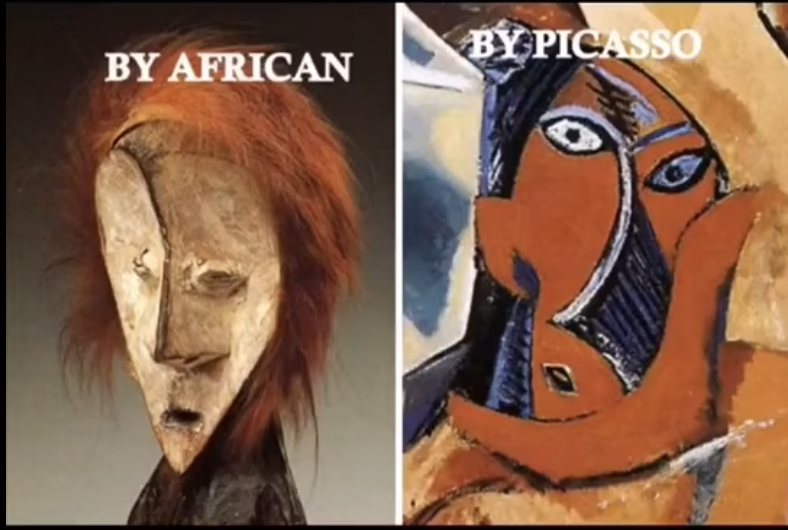

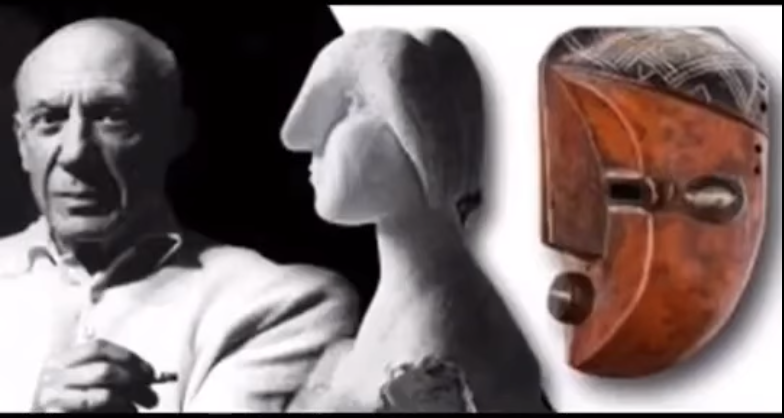

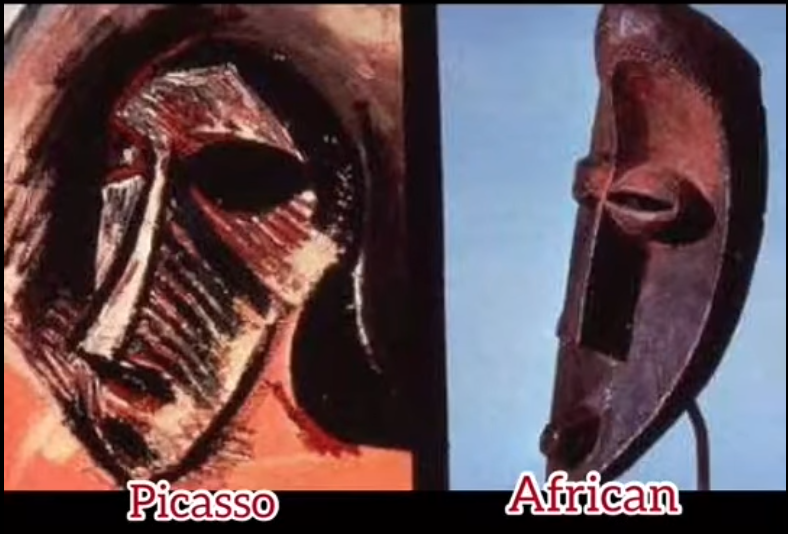










































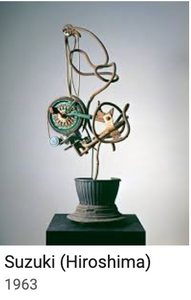



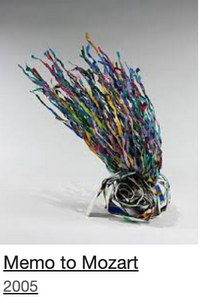



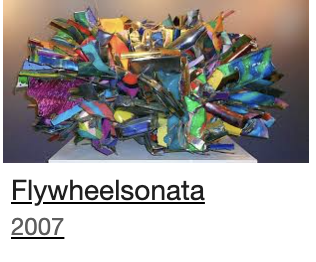

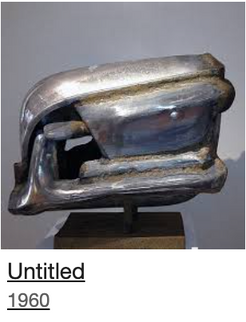














Comments